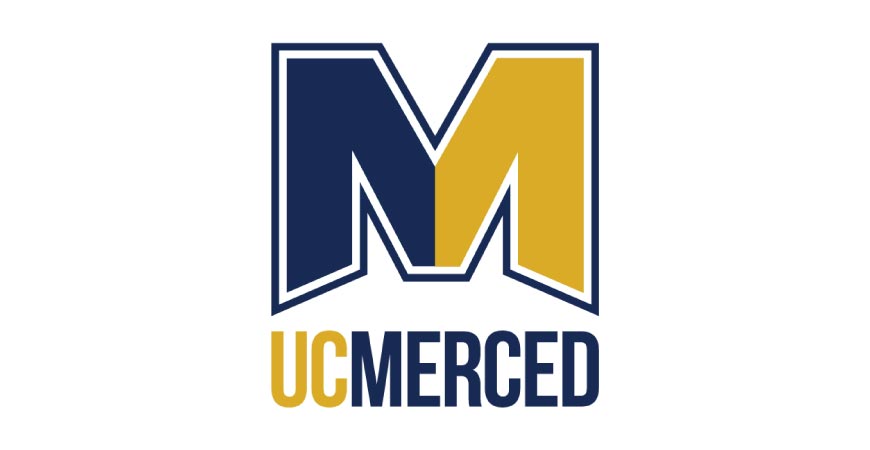
 You probably know that carbon monoxide can be lethal. But one UC Merced professor is working to harness its health benefits to treat people with sickle cell disease.
You probably know that carbon monoxide can be lethal. But one UC Merced professor is working to harness its health benefits to treat people with sickle cell disease.
Henry Forman, a professor of biochemistry and chemistry at UC Merced, has developed a way to provide therapeutic levels of the gas to patients. He’s working with Edward D. Gomperts, clinical professor of pediatrics and pathology at the University of Southern California’s Keck School of Medicine and attending hematologist at Children’s Hospital Los Angeles.
Gomperts had the idea to use carbon monoxide to prevent red blood cells from changing into the sickle form, Forman said. Those misshapen blood cells can get stuck in blood vessels and prevent oxygen from reaching vital organs.
Forman, an expert in noxious gases, said he was approached by Gomperts to create a way to administer safe doses of carbon monoxide. He developed a liquid solution that patients can drink.
“This isn’t a cure, but it actually has the potential to be really helpful,” Forman said. “We are in the very early development of this.”
Researchers are looking for funding to pursue testing. The concept is promising not only for sickle cell patients, but for those who suffer from other inflammatory diseases.
Forman, who also is a research professor of gerontology at USC, devotes just a fraction of his research time to the sickle cell treatment. His other projects include looking at how cigarette smoking can change cells and spread cancer throughout the body.
With fellow UC Merced professors Valerie Leppert and Peggy O’Day, Forman also is studying how people, as they age, become more susceptible to tissue damage caused by air pollution.
Beyond research and teaching, Forman writes a conversational blog and recently published his first novel, a murder mystery entitled “Poisonous Science” that is available on Amazon.
Forman, who is president of the Society for Free Radical Biology and Medicine, is a frequent speaker and lecturer on the topic of free radical biology. His more recent travels have taken him to Australia, Italy, Greece and Argentina.
As one of UC Merced’s founding faculty, Forman has a strong bond with the university. He left the University of Alabama at Birmingham to join the faculty at the UC’s 10th and newest campus.
“I liked the idea of being part of the first research university to be established in the 21st century,” Forman said. “And I’m committed to trying to make UC Merced as good as it can be.”
The campus could benefit in several ways from his work on the sickle cell treatment, including through a licensing agreement. UC Merced, USC and Children’s Hospital Los Angeles mutually agreed that the hospital would take the lead in managing the invention.
Last summer, the hospital granted an exclusive license to Hillhurst Pharmaceuticals, a California-based startup company. That license gives the company the right to develop, test, manufacture and eventually sell the treatment if it clears testing and regulatory hurdles.
David Cepoi, intellectual property and licensing officer at UC Merced, said part of the university’s mission is making the inventions and discoveries of faculty, staff and graduate students available for societal benefit. The university typically finds commercial partners who then develop, market and sell products or services based on those creations. Any money realized from the venture is then shared with the inventors in accordance with UC policy.
Such work can help raise the profile of UC Merced. Another benefit is that startup companies like Hillhurst Pharmaceuticals are an important spark to the economy and job growth. Several other UC Merced spin-out companies have been founded over the past few years, he said.
“This is one more company founded in California resulting from an invention developed, at least partly, at UC Merced,” Cepoi said.






